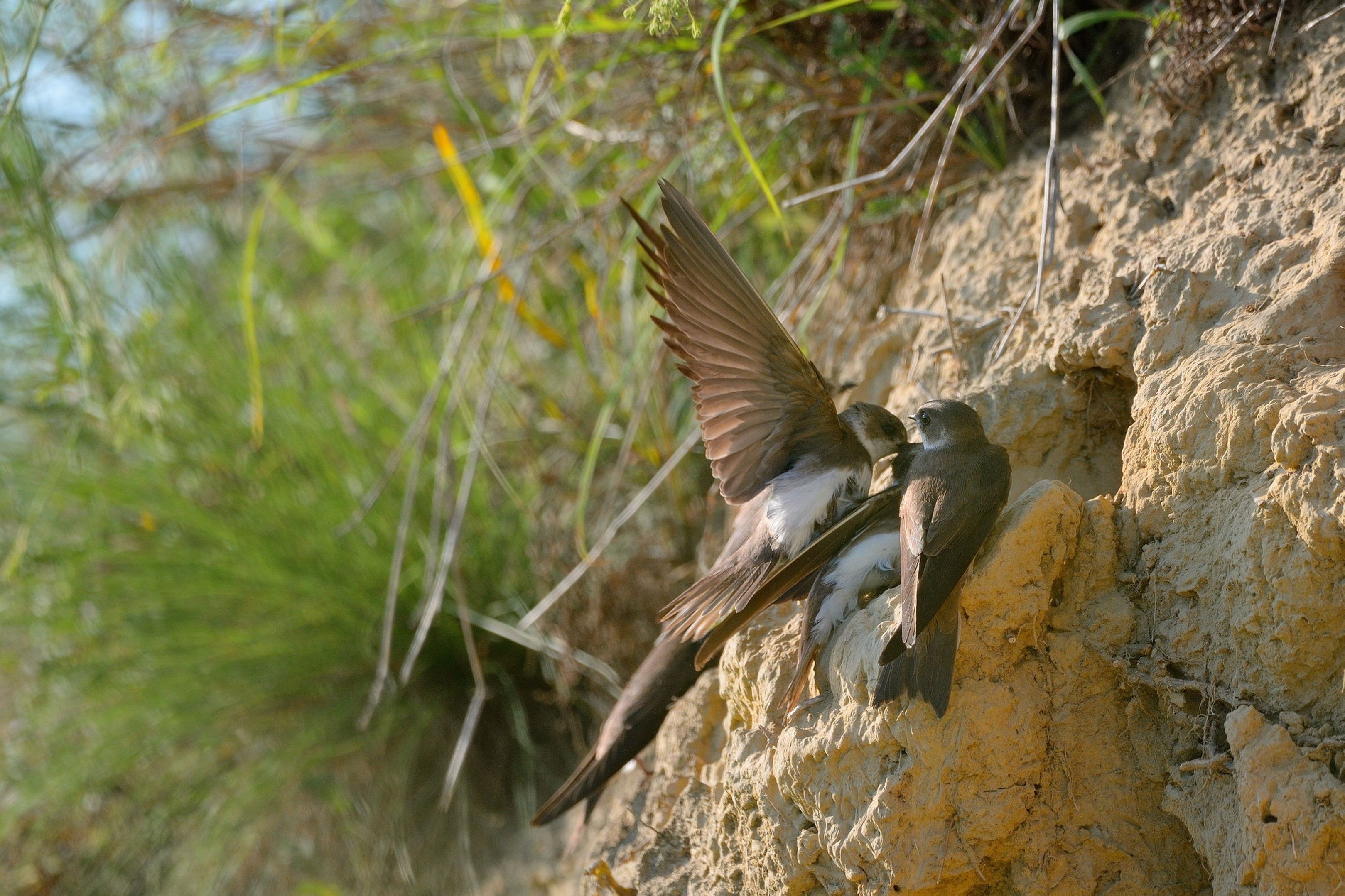
Colonies of birds have disappeared in various long-established places due to migration disasters and natural calamities, such as the severe drought in the winter quarters of Sahelian Africa in the 1960s. One such example is a quarry site near Dunmanway in West Cork, which was observed to be abandoned after a year and has not been re-colonized.
Once densely populated colonies on the cliffs of the east coast overlooking long beaches have seen their numbers decline due to coastal erosion. The constant ebb and flow of tides, along with the erosion, have rendered the landscape unsuitable for bird nesting, with the sandy soil being replaced by stones, gravel, and shell fragments.
The sand martin, belonging to the hirundinidae species and known for its affinity to water, is one of the 80 species of swallow-birds found worldwide. Five of these species breed in Europe. Martins are highly skilled flyers, catching all their food while in the air. They are the smallest and most sociable of all the swallows.
The martins are predominantly brown-feathered above and white below, except for the crag martins found in Portugal and Spain, which have a chunkier build, triangular wings, gliding flight, and buff under-livery. These fearless birds gracefully navigate through the concrete canyons of apartment buildings, chasing after insects without any regard for human observers on high balconies.
The Irish martin cliff nest tunnels, created by the combined actions of tiny beaks and weak feet, can extend up to 60-90cm into cliff faces, progressing at a pace of eight to 10cm each day. Apart from natural cliffs, colonies can also be found in man-made alternatives like quarries, motorway embankments, and drainage pipes.
However, these sites present dangers to the martin population as the eggs, located at the end of the tunnels, can fall prey to rats, stoats, black-headed gulls, and hooded crows. These predators pose a threat to the young birds awaiting their food.
House martins (delichon urbica), with their blue-black and white plumage, are often mistaken for swallows as they construct nests under house eaves and porches. Small colonies can be observed on large structures such as churches, convents, country hotels, and bridges. Notably, a nest was even spotted on an alarm box outside a jeweler’s shop.
Martins have been welcomed for centuries, with even Shakespeare’s Banquo in Macbeth praising them for making their nests in every possible nook and cranny of Cawdor Castle. As the first batch of martins have likely left their colonies to roost communally and explore, next month all the birds will migrate to mainland Europe. They will traverse the Sahara via the Straits of Gibraltar, settling in a transitional region between the desert and the Sudanian savanna, spanning from the Atlantic to the Red Sea.
Denial of responsibility! VigourTimes is an automatic aggregator of Global media. In each content, the hyperlink to the primary source is specified. All trademarks belong to their rightful owners, and all materials to their authors. For any complaint, please reach us at – [email protected]. We will take necessary action within 24 hours.


